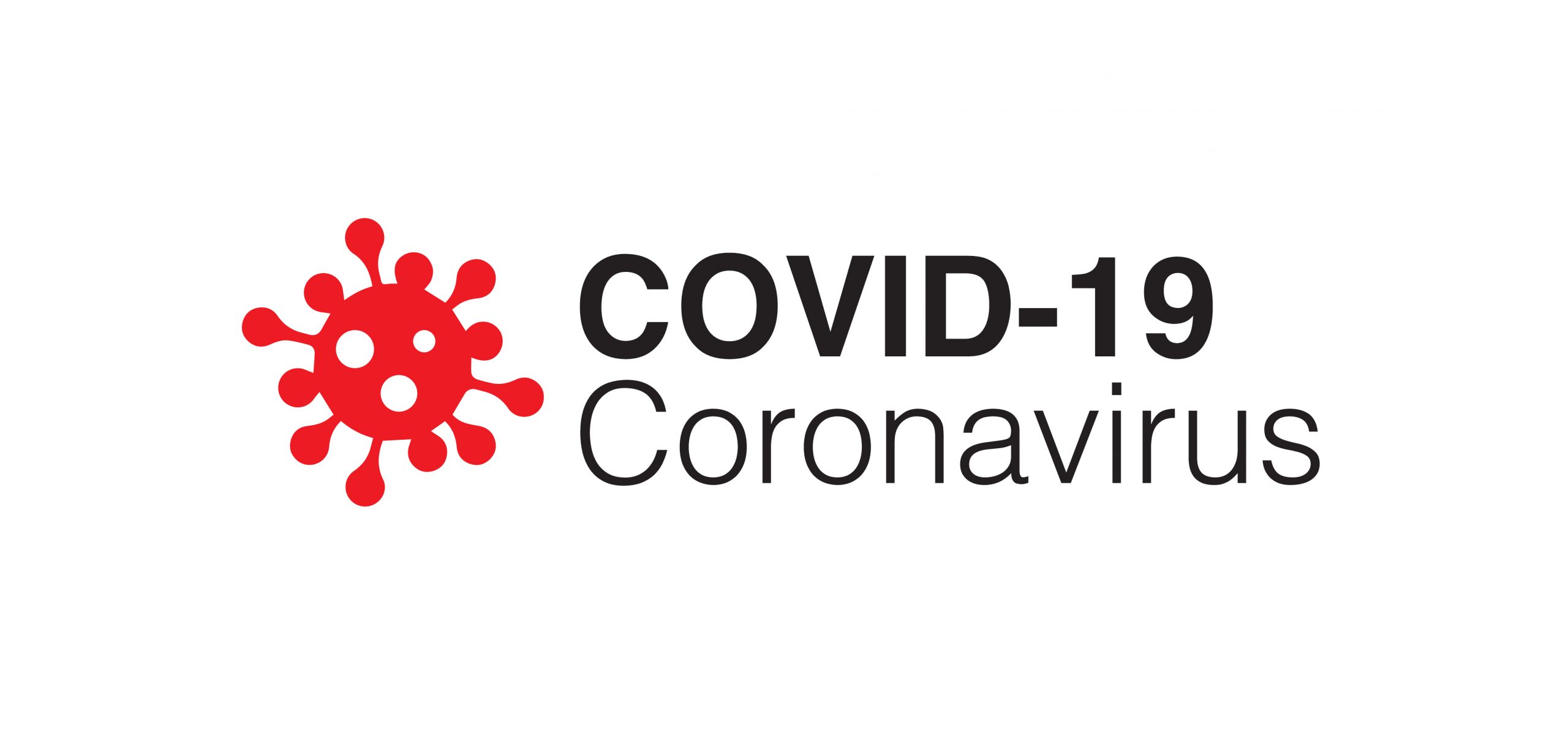With marketing automation and advanced targeting capabilities, it’s possible for Marketing Departments to create leads faster than Sales Departments can handle them. Maybe your Marketing Department, in a coup, has recently created thousands of leads at once. No doubt, having the physical address, email addresses, phone numbers, names, titles, NAICS or SIC classification, company size, property value, sales tax status and other metrics for a large slice of your B2B target audience is helpful – it’s worth doing. Unfortunately, you may have overwhelmed your sales staff with options.
- Do I go after large companies or medium sized companies?
- Do I go after contacts with “manager” or “procurement” or both in their title?
- Maybe I should go after companies in Lexington (suburb) instead of Boston (city)?
- Maybe I should go after the webinar leads or maybe the conference leads?
You may be tempted to let your salespeople filter the leads and go after whichever ones fit their fancy. But, if you have data, that’s a bad idea. In this three-part series, we explain the benefit of Data-Based Lead Prioritization.
In what follows, we set the stage with two common methods of prioritizing leads, 1) Letting Sales Reps decide the priority and 2) Letting Marketing qualify. These two methods have some pitfalls, and we explain what they are. In the third and final part of the series, we discuss Data-Based Lead Prioritization – why it works and how it’s done.
The need for Data-Based lead prioritization is growing. An abundance of data, Automated Marketing and Precision Targeting has made reaching and staying in front of a select group of people or businesses easier for everybody. Unfortunately, ‘easier for everybody’ means it’s easier for your competitors too. Any prospect that perfectly fits your ‘ideal customer’ profile is likely an obvious target for your competitors. By looking beyond your ‘ideal customer’, you can often find more prospects that are easier to reach and under-served. Unfortunately, human instincts won’t get you there.

Trap Number 1: Letting Sales Reps decide Prioritization for themselves.
To recap, we have too many leads and Sales is trying to figure out which to pursue. Individually, the sales reps will feel the urge to develop rules of thumb to help them decide who to call, or rely on experience to rule the day. “Law firms definitely like our products” or “I’ve never been able to sell to an HR rep” are the types of rules of thumb that they develop from their own experience. While based on their experience, these rules are usually incomplete or biased.
These rules of thumb are incomplete for four main reasons:
- An individual sales rep’s experience does not contain all of the organization’s relevant experience, only his or her unique set of experiences.
- Data that is less accessible is usually ignored. For instance, if it is difficult to filter on a lead’s LinkedIn skills or the NAICS codes are not converted business relevant groupings, the sales rep may just ignore them.
- An individual will focus on the one or two variables that make the most sense to them, without understanding the entire context (attribute substitution bias).
- Or worse, they experience Paralysis by Analysis.
The Sales Reps, being 100% human, are biased for a variety of reasons:
- After they develop a rule, a sales rep does not systematically test outside of that rule -their objective is to maximize sales now, not to develop the best evolving rule (congruence bias).
- Talking among themselves, sales reps may eliminate entire groups of prospects because of the experience of one (bandwagon effect).
- A rep may have a streak of success, then over-rely on the information from that streak (clustering illusion).
- A rep is likely to over-emphasize current success over past success (present bias).
- If a rep has not seen a category or type of business before, they may avoid it altogether (ambiguity bias).
- A rep may overly rely on the first piece of information they receive about a customer (anchoring bias).

What can you do about it? We recommend building a statistical model of the prospect space and sales process so that your sales data can be used to tell you what leads should be pursued first. But, that’s a long-term solution and if you are reading this, you may need something to start on now. Here are two short-term patches:
- Teach your salespeople and managers about cognitive biases. You don’t need a workshop or a psychologist on staff to introduce these concepts. Spending a few hours a quarter discussing cognitive biases and how they affect decision making may be enough to convince your Sales Reps to reach outside their comfort zone more. Their efforts won’t be optimized, but having the idea of ‘cognitive bias’ enter the workplace lingo will help.
- You or your sales managers can comb through recent sales and regularly acknowledge the characteristics of any sale that are incongruent with common thinking about your ideal target. “Hey guys, we just sold to an Engineering Consultancy’! That’s not common!” Focusing on the odd or incongruent can help widen the net.
So, Trap Number 1 is asking the Sales Reps to set their own priorities. Usually, faced with too many leads, people will put their biases on overdrive in order to narrow-down the list and may end-up chasing the obvious prospects or leaving money on the table.
In the next part of our three part series, we look at Trap Number 2: Sending the leads back to marketing for qualification.






